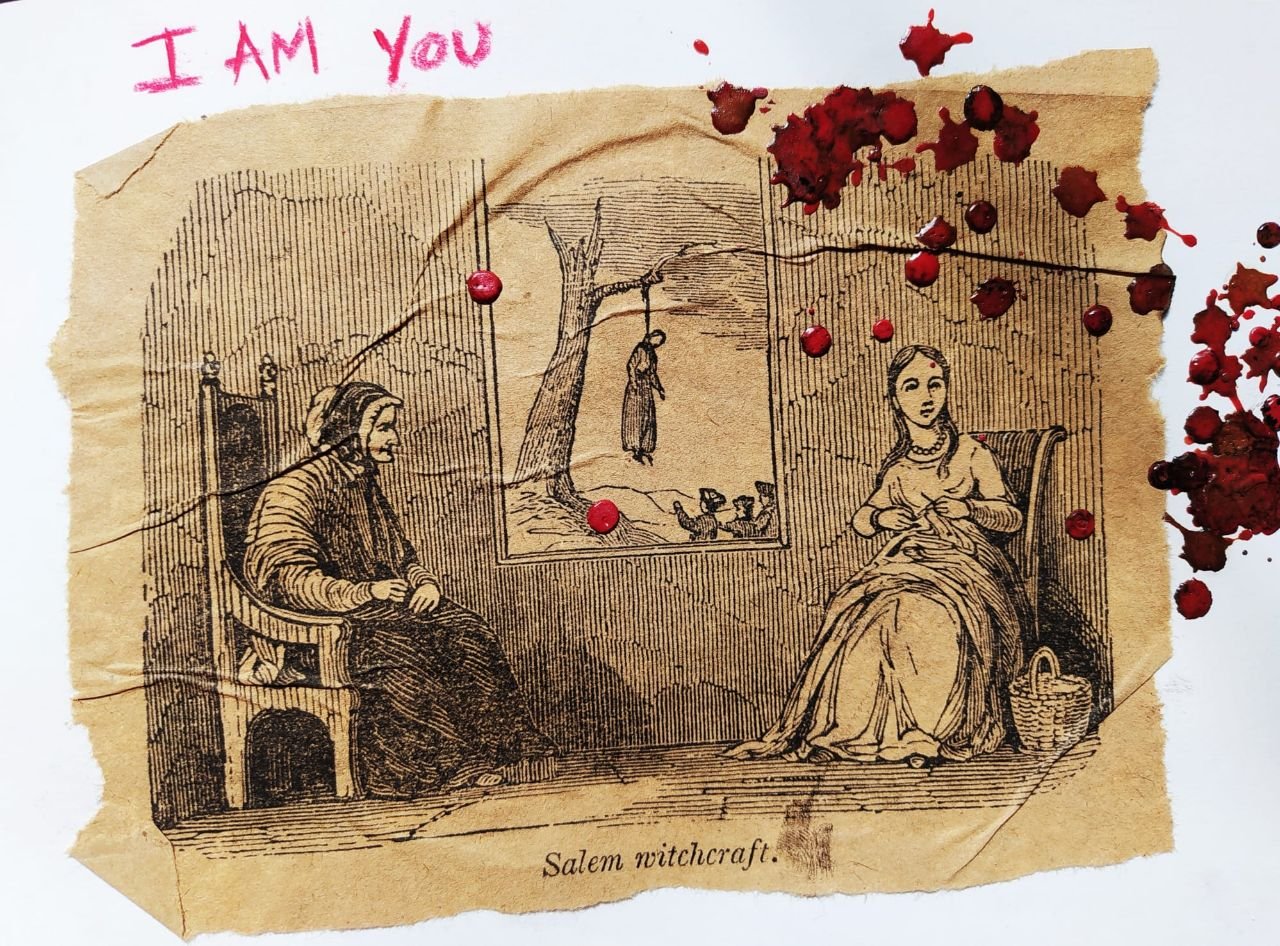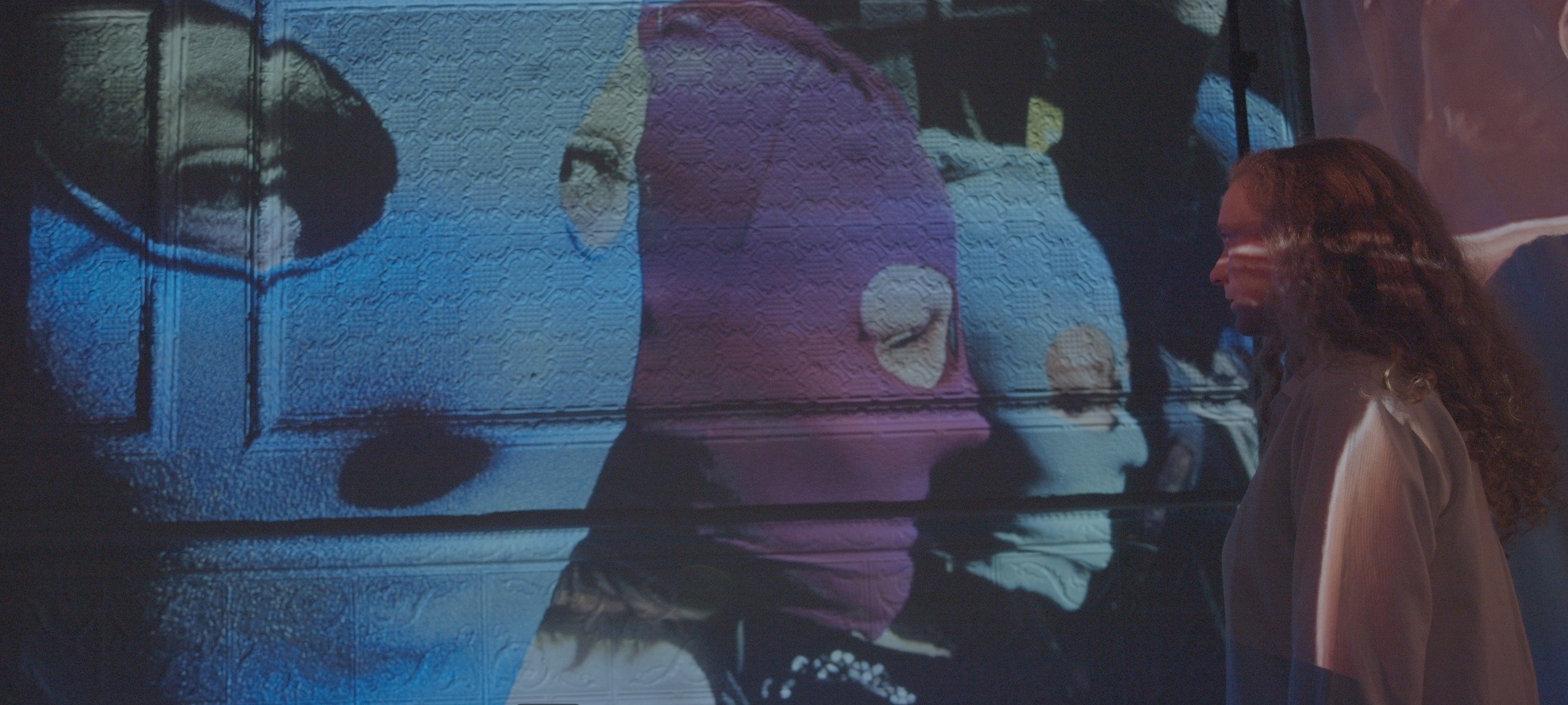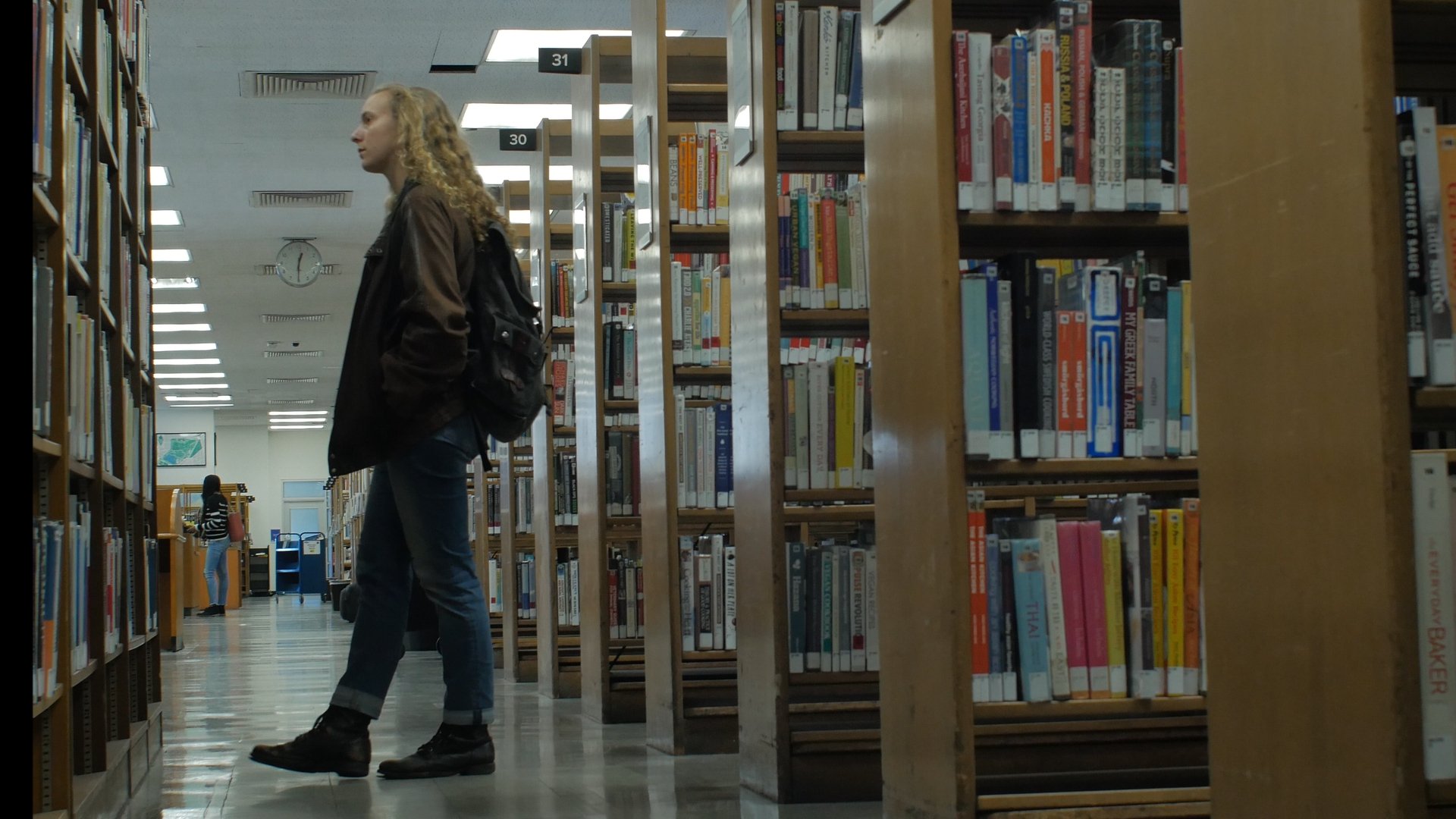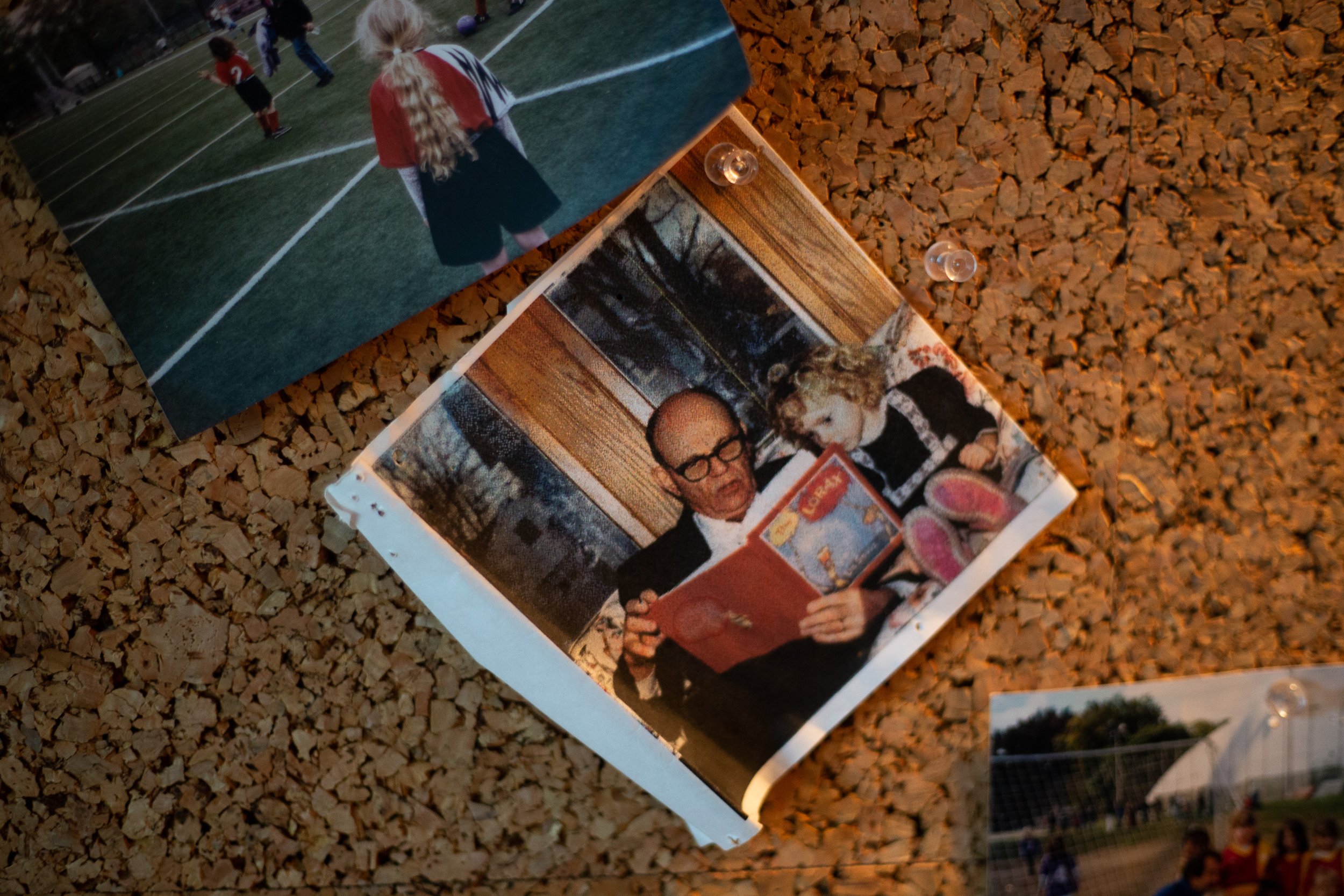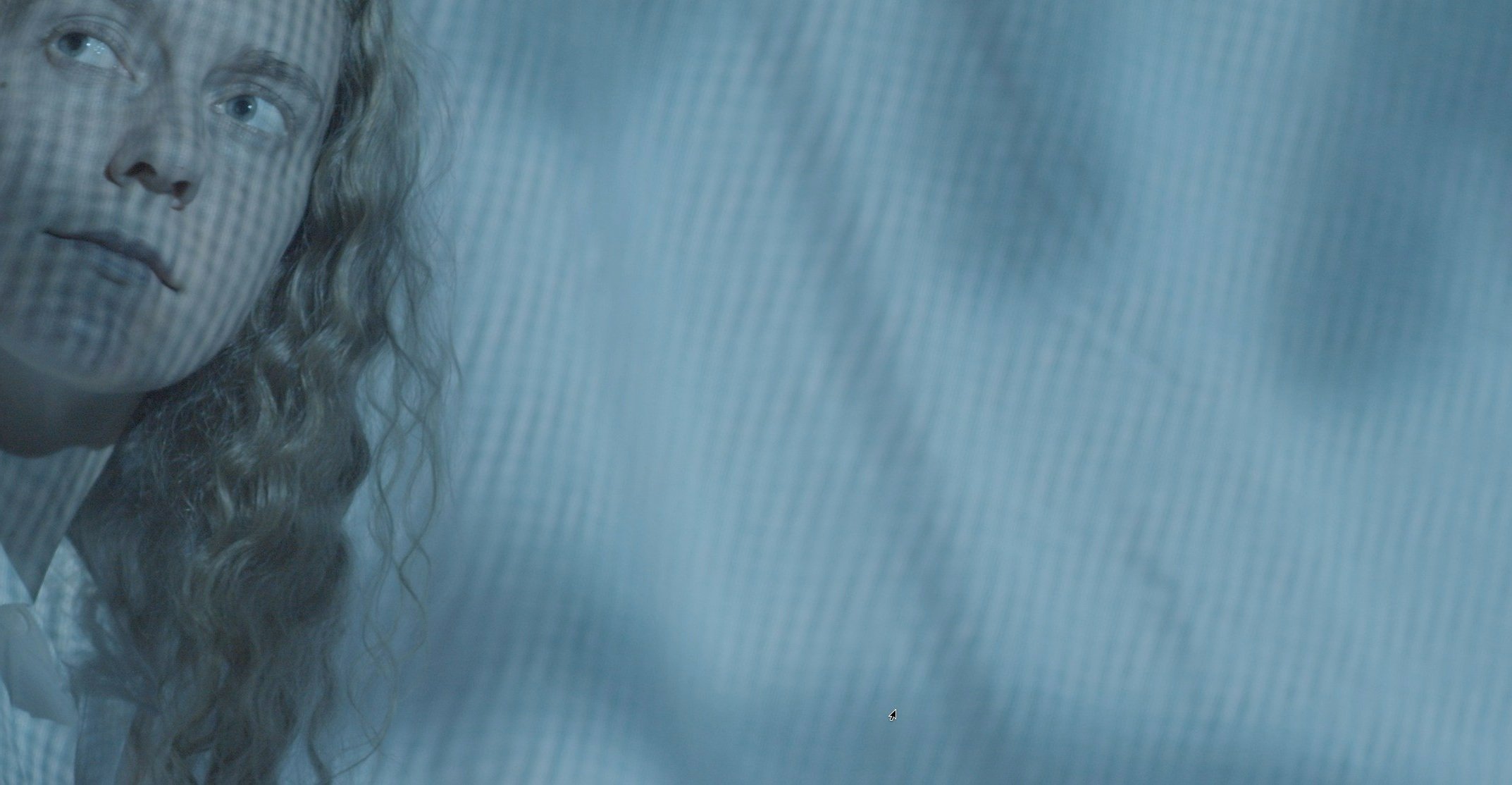
A DOCUMENTARY BY YOLANDA PIVIDAL
With Silvia Federici and Alice Markham-Cantor
Synopsis
Young writer Alice was a teenager when she discovered something that changed her life forever: she was a descendant of Martha Allen Carrier, a woman hanged for witchcraft during the Salem Witch Trials of 1692. At 24, after scouring archives, reading academic texts, and compiling hundreds of pages of notes on witch hunts, Alice is ready to share her findings in a book. But before finishing the story, she has some last strings to tie up, which leads her to revisit the last days of Martha in Salem and to reckon with the fact that for millions around the world, Salem is not over.
Departing from a personal quest, and merging with the testimony of Italian feminist scholar Silvia Federici (“Caliban and the Witch”), and the performance of the Spanish artist Esther Musgo, A Witch Story is a feature documentary about memory and the need to unveil the real social and political motivations behind the Great Witch Hunts of Europe and the Americas to understand the violence waged against women today.
A Witch Story takes on the challenge of retelling and deconstructing the Salem Witch Trials of 1692, one of the historical episodes most deeply rooted in American pop culture imaginaries, to reveal its connection to contemporary witch hunts and examine women’s struggles through feminist lens.
Alice’s quest to find the truth about Martha and the Salem’s trials, introduces us to a more unknown and significantly bloodier episode: the Great Witch Hunts of Europe and the Americas, which led to the deaths of roughly 50,000 people, mostly women, between the 16th and 18th centuries.
TOPIC SUMMARY
Salem Village, colonial Massachusetts, 1692. More than 150 people are accused of witchcraft. 50 of them confess and survive. Only 19 refuse to reveal themselves as witches and, as a result, are hangedfrom a tree on Gallows Hill. Martha Carrier, Alice’s great-grandmother to the 11th generation, is one of them. We have been told the story over and over for the last three hundred years. But what were the real social and political motivations behind the so-called “mass hysteria”? What is the historical context that frames the execution of these women? Why was Martha Carrier one of them?
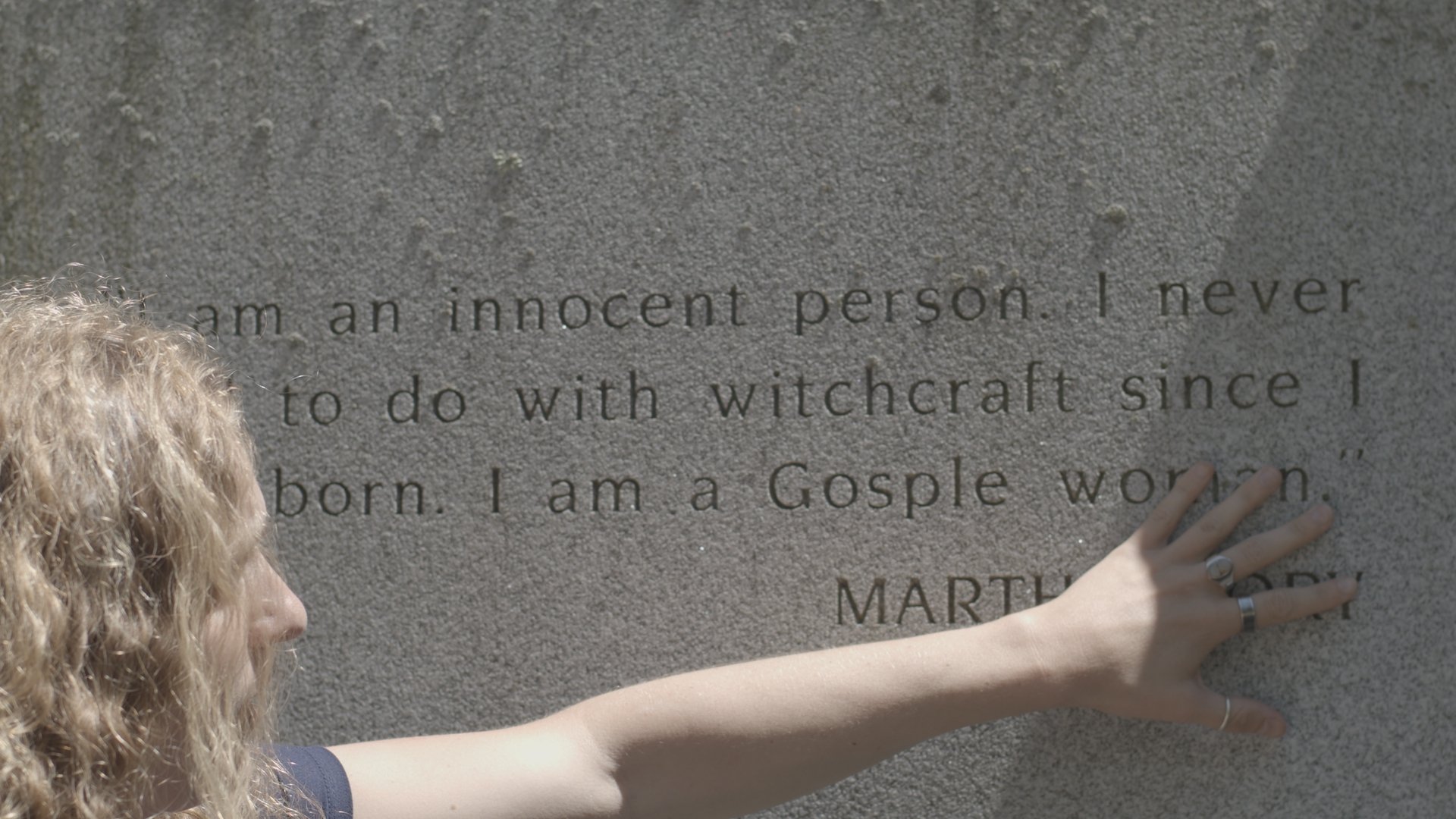
From the spread of new forms of Witch-hunting in various regions of the world to the escalation worldwide of the number of women daily murdered, the evidence is mounting that a new war is being waged against women. What are the motivations and the logic behind them? What is the link between those women accused of witchcraft in the 16th century and women's struggle nowadays?
Witches, witch-hunting, and Women, by Silvia Federici.
Team & technical details
Director & Editor: YOLANDA PIVIDAL
Producers: RUTH SOMALO & YOLANDA PIVIDAL
Co-producers: BELÉN MARCO CRESPO & ALICE MARKHAM-CANTOR
Associate Producer: CRISTINA IÑIGO
Cinematographers: YOLANDA PIVIDAL & RUTH SOMALO
Script: ALICE MARKHAM-CANTOR & YOLANDA PIVIDAL
Artistic Creations: ESTHER MOÑIVAS MAYOR (ESTHER MUSGO)
Historical consultancy: SILVIA FEDERICI
Original Soundtrack: MAURI CORRECTJÉ, AMANDA FERNÁNDEZ
Sound Design: ÁLEX F. CAPILLA (LA BOCINA STUDIO)
Colorists: ARMAND ROVIRA, VALENTINA DURÁN
Impact Campaign Producer: MARGA VAREA (TWIN SEAS MEDIA)
Produced by: MELOSIA FILMS & HORNS AND TAILS PRODUCTIONS
Genre: Documentary
TRT: 73 min
Language: English with Spanish subtitles
Production format: 4K. Color
Countries of production: USA / Spain
DIRECTOR’S STATEMENT
I come from a humble family that migrated from rural La Mancha to the city of Madrid just over 40 years ago. I remember that, from a very young age, my grandmother would tell me stories of "good women and bad women." From the account of an aunt who had "destroyed the honor" of the family when, after being widowed during the war, she devoted herself to "entertaining" men in a silo dug on the outskirts of the town, to legends of "bad women" (witches?) who gathered "without permission" at night in a nearby village until they were "disappeared." She narrated all of this in a warning tone while weaving “esparto” with her calloused hands in the shade of an olive tree.
More than thirty years after those summer afternoons in the village, "Caliban and the Witch" by Silvia Federici came into my hands. As I read, from the first to the last page, I couldn't help but think of my grandmother. Finally, I began to sense how her perception of the place women occupied in the world had been constructed. I could trace an imaginary line from those evenings in a Manchego courtyard to some stone pulpit four centuries ago, then back to the 21st century, to the crowded streets of Madrid on March 8, 2019.
And it is in that intimate place, where the thread connecting us to the world is drawn, that stories are born. It is there that my interest in Alice's story originated; a narrative that seemed like a mirror in which others could also see themselves reflected, contributing to the construction of the "other” women’s history.
A Witch Story thus arises from both urgency and necessity. On one hand, the urgency to examine the narratives that have been constructed over centuries regarding women - stories and imaginaries that still persist and contribute to the persecution of thousands of women today. On the other hand, the need to express a personal and collective discovery creatively, through the weaving of images and sounds.
In this creation, we have faced three main challenges: first, how could we tell a story that happened over three hundred years ago and at the same time connect it to what is happening today? How to start from such a specific geographical point in the United States and reach a global territory? And lastly, could we illustrate this tale of witch hunts without resorting to the same images that had contributed to their persecution?
The independent and collaborative profile of this film made its production challenging, but at the same time, it granted us the opportunity to have full artistic and creative autonomy. It also opened paths to the personal contribution of each of the women who collaborated to make it possible. A contribution that is honored in the final shot of the film, from which, like those "witches" from the tales, we soar far away.
A Witch Story is born in the context of the International Campaign to Restore the Memory of Women Executed for Witchcraft founded by Silvia Federici - a growing network of women historians, scholars, anthropologists, archivists, students, writers, visual storytellers,and journalists from countries such as Spain, United States and Ecuador. This is a campaign that seeks to address the truth of witch hunts, past and present, and reconstruct the forgotten history of murdered women. In this context, A Witch Story aims to become a tool to challenge historical and political preconceptions, allow for new narratives to emerge, and spur action to address the witch hunts of the present while honoring the victims of the past.

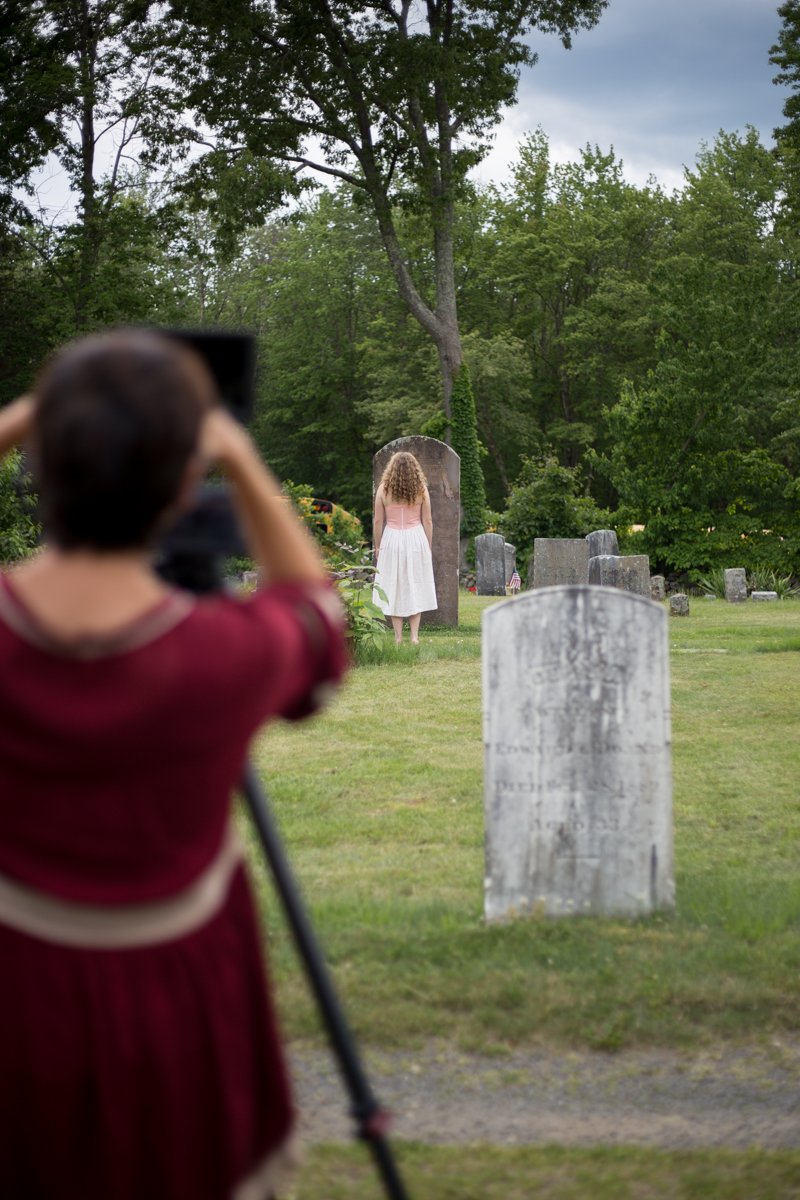
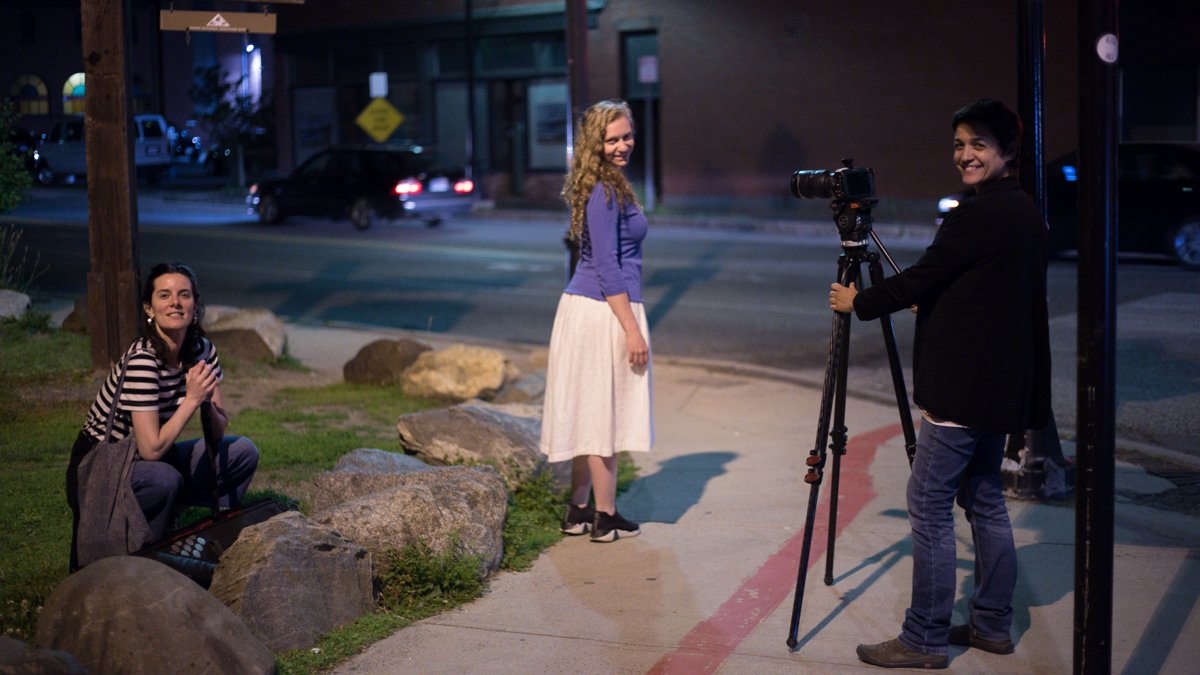
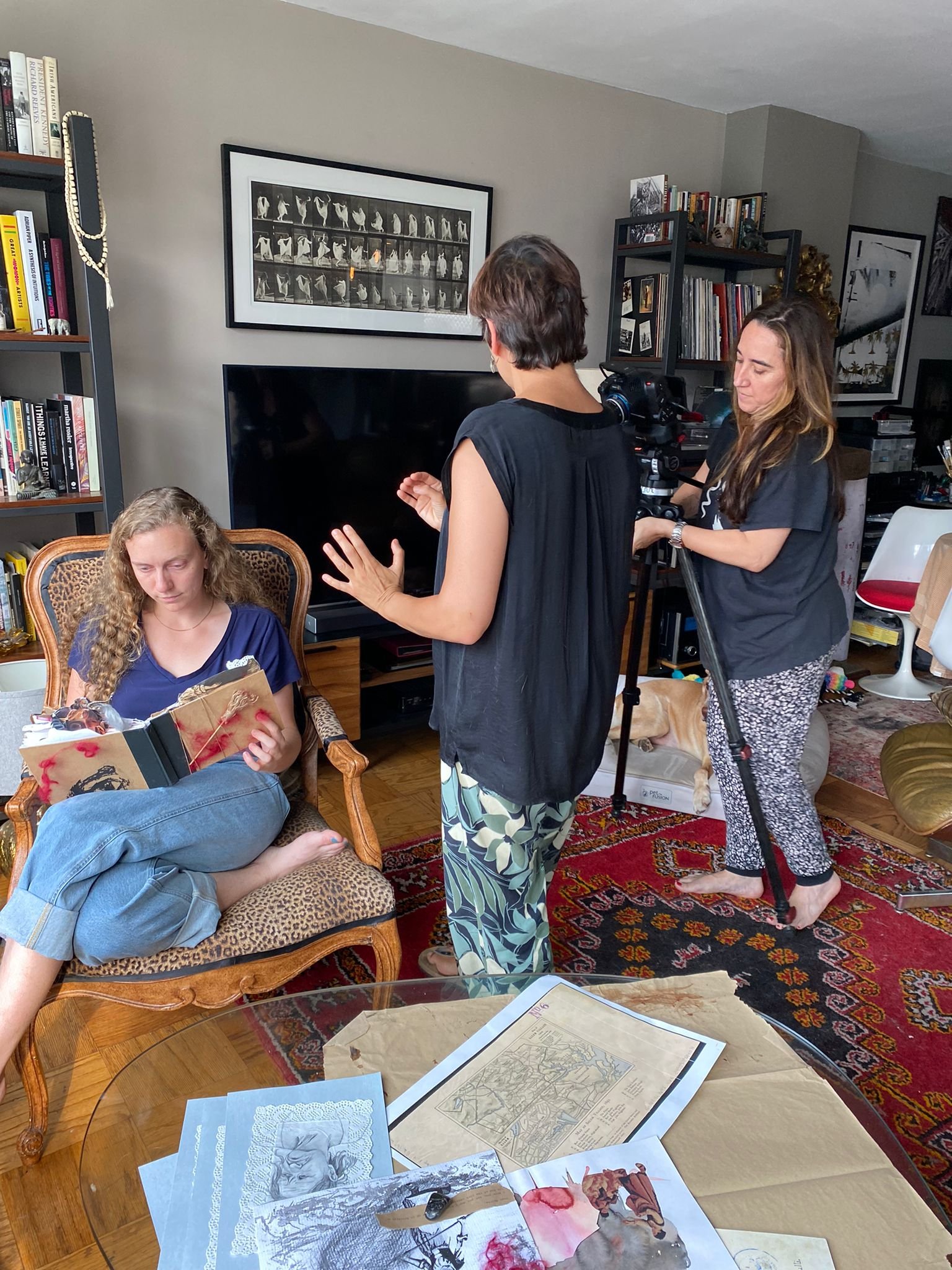
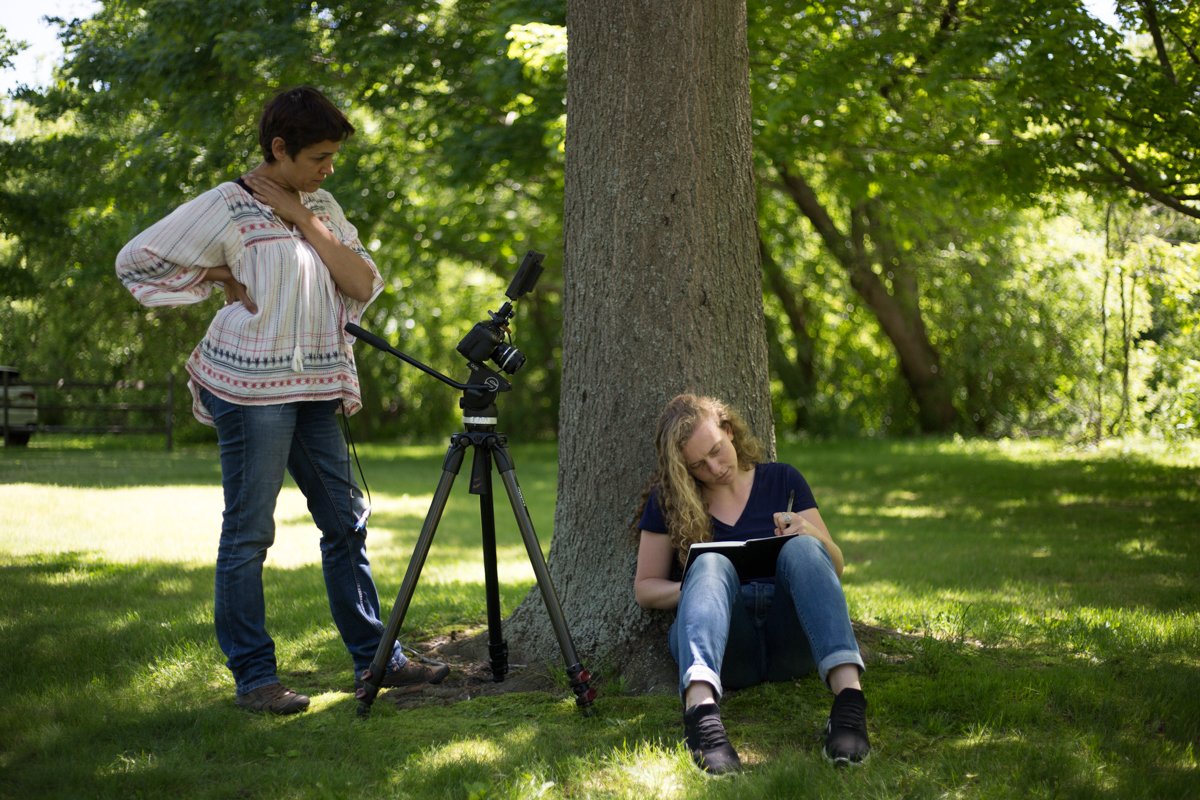
Do you want to know more about the project?


